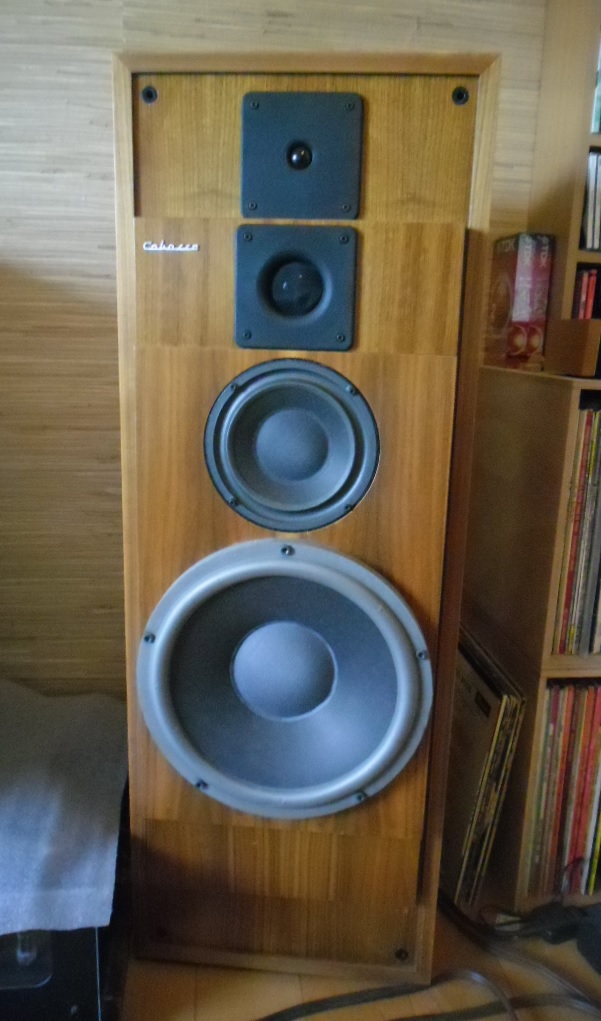sat 2.5 metres from speakers, getting just shy of 90dB
Holy sh*t!
I did this last time we did this thread and I seem to recall it was 70db average here.
sat 2.5 metres from speakers, getting just shy of 90dB
Which speaker do you use?95 dB speakers, 5 W on average, 10 W max.
Gosh.... those do look mighty.I use the mighty Cabasse Galion IV.
But I also have Quad ESL 57’s, which are less efficient by 13 dB

I want to learn this stuff so appreciate you taking the time.I find the comparatively low numbers being posted here interesting, far quieter than I was expecting based on some home visits, audio shows, dealers etc. Given even a low-efficiency speaker is around 84db per Watt (and you gain another 3db for two speakers in the room) few will be using their first Watt.
I doubt I’ve ever stuck a whole Watt through the Tannoys in the decade or so I’ve owned them, though I did work out with a multimeter and oscilloscope I hit about 6W on transient peaks into the JR149s on occasion. It makes you think about what amp power you actually need.
PS Watts (and db) are logarithmic and each doubling of Watts equates to 3db, e.g. an 84db speaker producing 84db (at one metre) takes 1 Watt, for 87db 2W, for 90 4W, 93 8W etc. You also lose 3db for every meter further away from the speakers you sit, so that needs to be factored too. I know this is teaching most folk to suck eggs, but worth posting regardless.
Little computer and fridge hum here and we're hovering around 16.
Your SPL meter is broke. A quiet room typically measures around 35dB, so I'd be suspicious of any reading lower than 30dB.Well, this is surprising as I'm always being told it's far too loud, I must be deaf, etc. But this is about as high as I would ever listen to it and it's saying 39 average, 69 max. 2dB quiet room to start.
My amp shows dbs in minus numbers. Default is -40, but some discs are cut lower than others; 'Liege and Lief' by Fairport Convention is way too quiet at that level, for example, and I would listen to that at -35 or so.
That's a diplomatic way to put it, - I was thinking 'suspicious' would be more appropriate.I find the comparatively low numbers being posted here interesting,
That's a diplomatic way to put it, - I was thinking 'suspicious' would be more appropriate.I reckon some folks' SPL meters are telling 'em fibs, especially the one that reported a reading close to 40dB when listening to Radio 3... At that sort of volume all you'd be able to make out is the announcer's voice, most of the music would be masked by the room's noise floor!

Woodwick candle
PS Watts (and dB) are logarithmic...
You also lose 3db for every meter further away from the speakers you sit.
